Market Analysis
In-depth Analysis of Wearable Technology Components Market Industry Landscape
The Wearable Technology Components Market has witnessed substantial growth, propelled by the increasing popularity of wearable devices and the continuous advancements in technology components. The market dynamics are shaped by factors such as consumer demand for fitness trackers, smartwatches, and health monitoring devices, coupled with innovations in miniaturization and sensor technologies. One of the primary drivers fueling the Wearable Technology Components Market is the widespread adoption of wearable devices in the consumer electronics sector. From tracking fitness metrics to providing smartphone notifications, wearable devices have become integral to consumers' daily lives, driving the demand for efficient and compact technology components.
The surge in health and fitness consciousness among consumers has significantly contributed to the market dynamics of wearable technology components. Wearable devices equipped with sensors for heart rate monitoring, sleep tracking, and other health-related functionalities are in high demand. The integration of advanced components, such as biosensors and accelerometers, allows wearables to provide users with valuable insights into their well-being, promoting the adoption of these devices for health and lifestyle management.
Moreover, advancements in sensor technologies, battery efficiency, and flexible electronics are playing a pivotal role in shaping the market dynamics of wearable technology components. Miniaturized sensors enable manufacturers to create sleek and lightweight wearables without compromising on functionality. Battery technologies have also evolved to offer longer battery life, addressing a common concern for wearable users. Additionally, the development of flexible and stretchable electronics components contributes to the design flexibility of wearables, enabling comfortable and ergonomic form factors.
The integration of connectivity features, including Bluetooth, Wi-Fi, and cellular connectivity, is another key factor influencing the market dynamics. These features enable wearables to seamlessly connect with smartphones and other devices, enhancing their capabilities and extending their functionalities. The growing trend of wearables acting as extensions of smartphones or independent communication devices further fuels the demand for advanced connectivity components.
However, challenges such as data privacy concerns, limited battery life, and the need for standardization pose considerations for market players. With wearables collecting sensitive health and personal data, ensuring robust data privacy and security measures is crucial to building and maintaining consumer trust. Addressing limited battery life remains a challenge, particularly as wearables become more feature-rich. Balancing advanced functionalities with energy-efficient components is essential to meet user expectations. Additionally, the lack of standardization in wearable technology components poses challenges for interoperability and ecosystem integration.
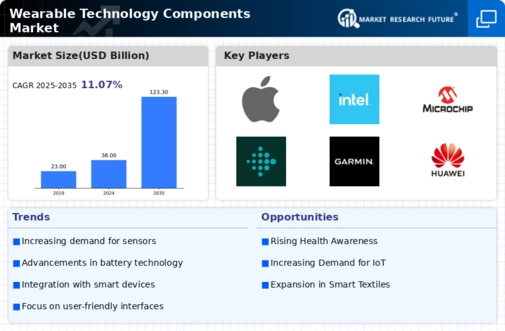
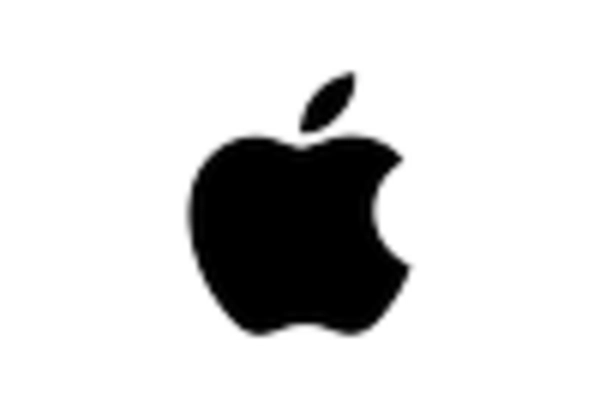
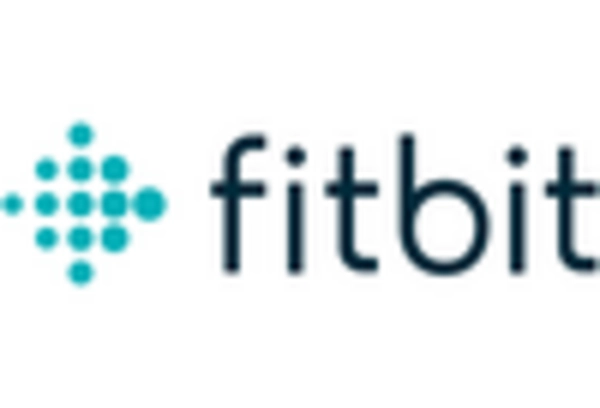
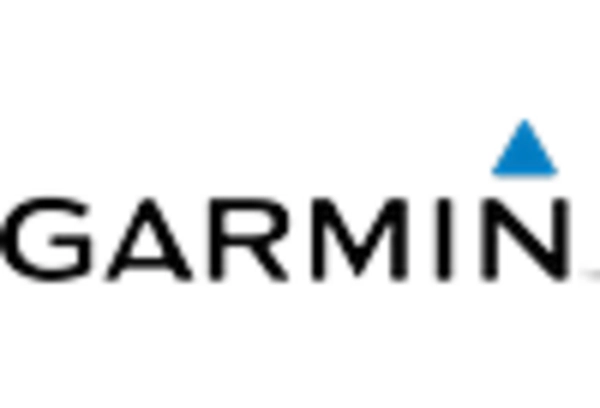
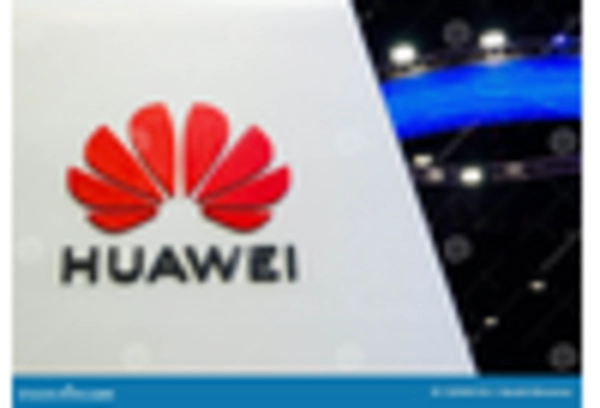

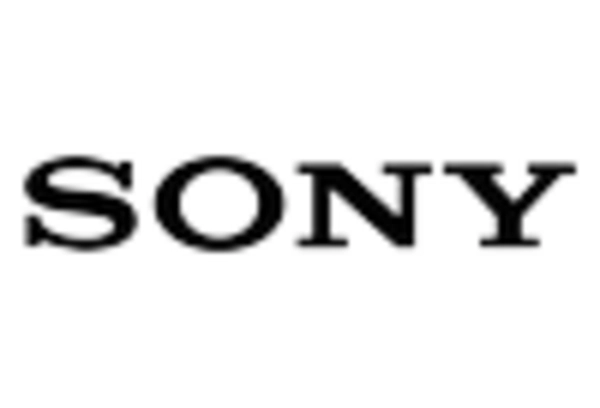









Leave a Comment